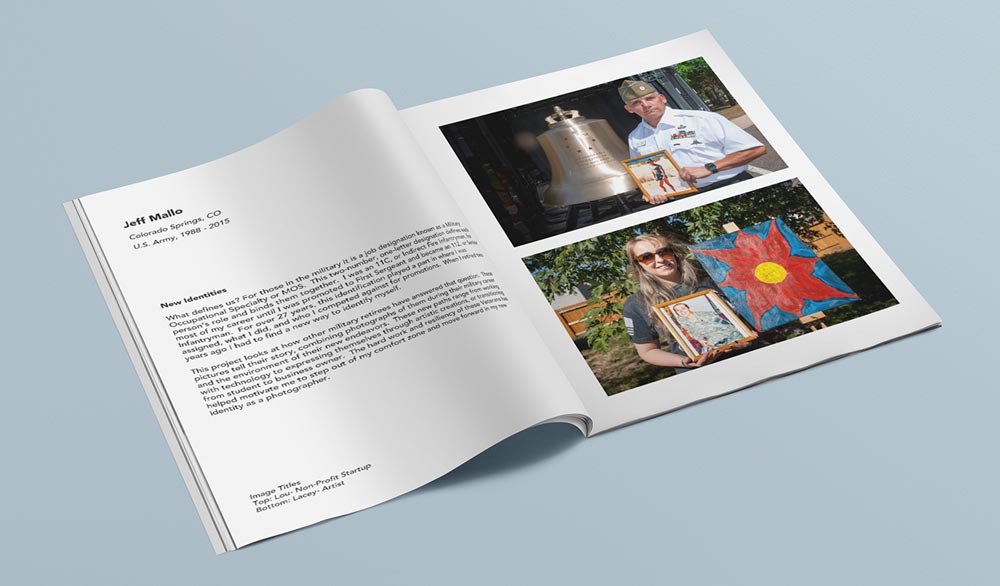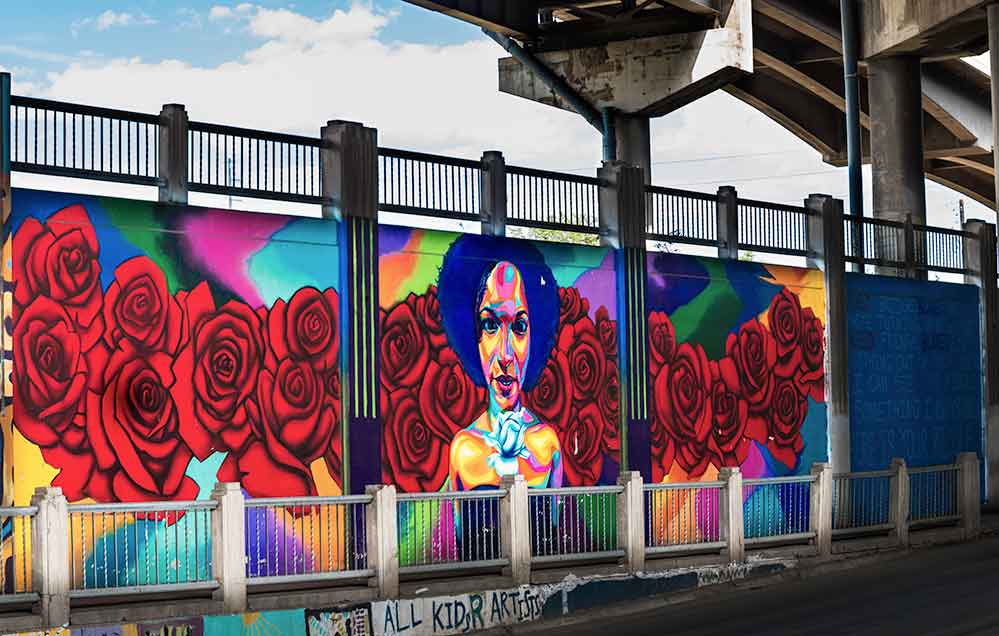Veteran Photographers with the Colorado Photographic Arts Center
Blurb Creative Evangelist Dan Milnor checked in with Samantha Johnston, the executive director of the Colorado Arts Center. CPAC has created a new photography education program that benefits U.S. Veterans in the Denver area. Through a series of high-quality workshops, Denver Veterans learn how to create a professional portfolio, refine technical skills, exhibit their photographs in CPAC’s gallery, and write about their work and publish it in an exhibition catalog. Similar programs at Veterans hospitals and nonprofits across the U.S. have discovered that learning photography can be therapeutic for Veterans suffering from post-traumatic stress and other conditions acquired during military service. Photography also encourages social interaction, builds self-esteem, and teaches skills that can lead to career opportunities and improved quality of life. These are provided to Veterans at no cost to them.
Tell us a little about yourself and about the center. What is it about photography that made you get involved?
The Colorado Photographic Arts Center is Denver’s primary resource for contemporary photography exhibitions, classes and workshops, and events. It’s one of the oldest photography organizations in the country, founded in 1963 by Hal Gould—a local legend who owned Denver’s famous Camera Obscura Gallery—and 12 other artists who believed passionately that photography should have a prominent place in Denver’s Arts landscape. Early exhibitions included major artists Paul Strand, Judy Dater, and Richard Misrach, among many others, and Ansel Adams helped establish CPAC’s Permanent Collection. I believe CPAC’s founders would be proud that the organization has grown into a major hub for photography artists in the entire Mountain West region, with 7-10 exhibitions a year, showcasing some of the finest examples of contemporary photography in the country.
It was an honor for me to become Executive Director in 2015. Prior to becoming Director, I taught photography and visual arts for 12 years. I’ve been passionate about photography since childhood, but I really came to appreciate my love for it when I was in high school. The darkroom was my escape, and I spent hours printing, developing, and learning about new ways to manipulate images. I had a wonderful photography teacher who gave me the freedom to be creative and to discover the medium at my own pace. After graduation, I attended the Maine Photography Workshops and decided to pursue photography as a career. I went to Alfred University for undergrad and explored everything from photography to ceramics. After college, I taught high school and middle school photography and art for twelve years and earned an MFA through a low-residency program at Lesley College of Art & Design.

Tell us about the Veterans Workshop Series. How did the project originate?
As a nonprofit organization—and the only one in Denver dedicated to photography—we believe that the arts should be accessible to everybody. Denver has a Veterans community of more than 400,000, and among them are many incredibly talented photographers who want to develop their careers as artists. But because they gave years of their lives serving our country through military service, they didn’t necessarily have the option to pursue an MFA or follow a traditional path to the art world. CPAC launched the Veterans Workshop Series to give these artists access to advanced photography education at no cost to them. Our aim is to provide participants with a high-quality experience, new skills, and expertise they can leverage long after the program ends, creating an opportunity to engage Denver’s broader arts community through a public exhibition at our downtown gallery.
You decided to do a print piece to coincide with the show. Is this something you routinely do or was it special to this particular project?
The catalog for the Veterans Workshop Series is a key component of the program. Part of becoming a professional artist means learning to write about your work, and our students spent many hours refining their statements for publication in this piece. The catalog also provides essential additional written context to the exhibition and a tangible record of their experience that they can use as a portfolio piece or share with friends and family.

Why print in a digital age?
In the photography world, there is a resurgence of small-book publishers and a highly-engaged audience of photo book collectors. A printed book provides a physical, tangible way to access the work. At CPAC we have a photo book library that serves as a resource for our members and local artists. It’s also far more affordable to buy a book than to purchase a piece of artwork that may cost thousands of dollars.
Why magazine and what was your experience pulling it together?
The experience was very user-friendly. Blurb’s BookWright program allows for easy layout of a book or catalog project, and the final product is a high-quality publication that we are proud to share.
You can help support the Veterans Workshop Series by buying Internal Narratives: Projects by Veterans, now available in the Blurb Bookstore.


This post doesn't have any comment. Be the first one!